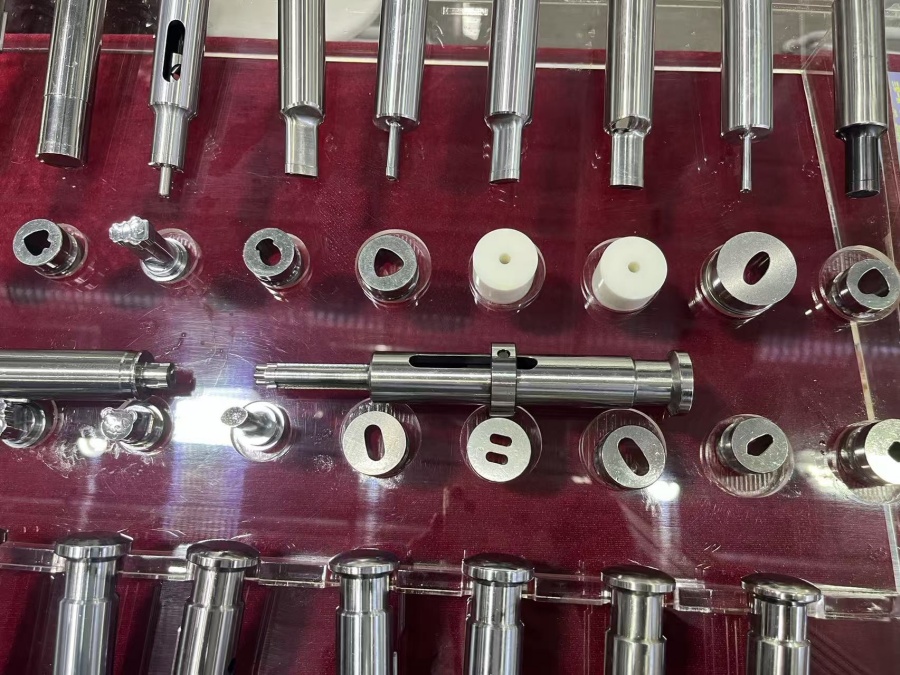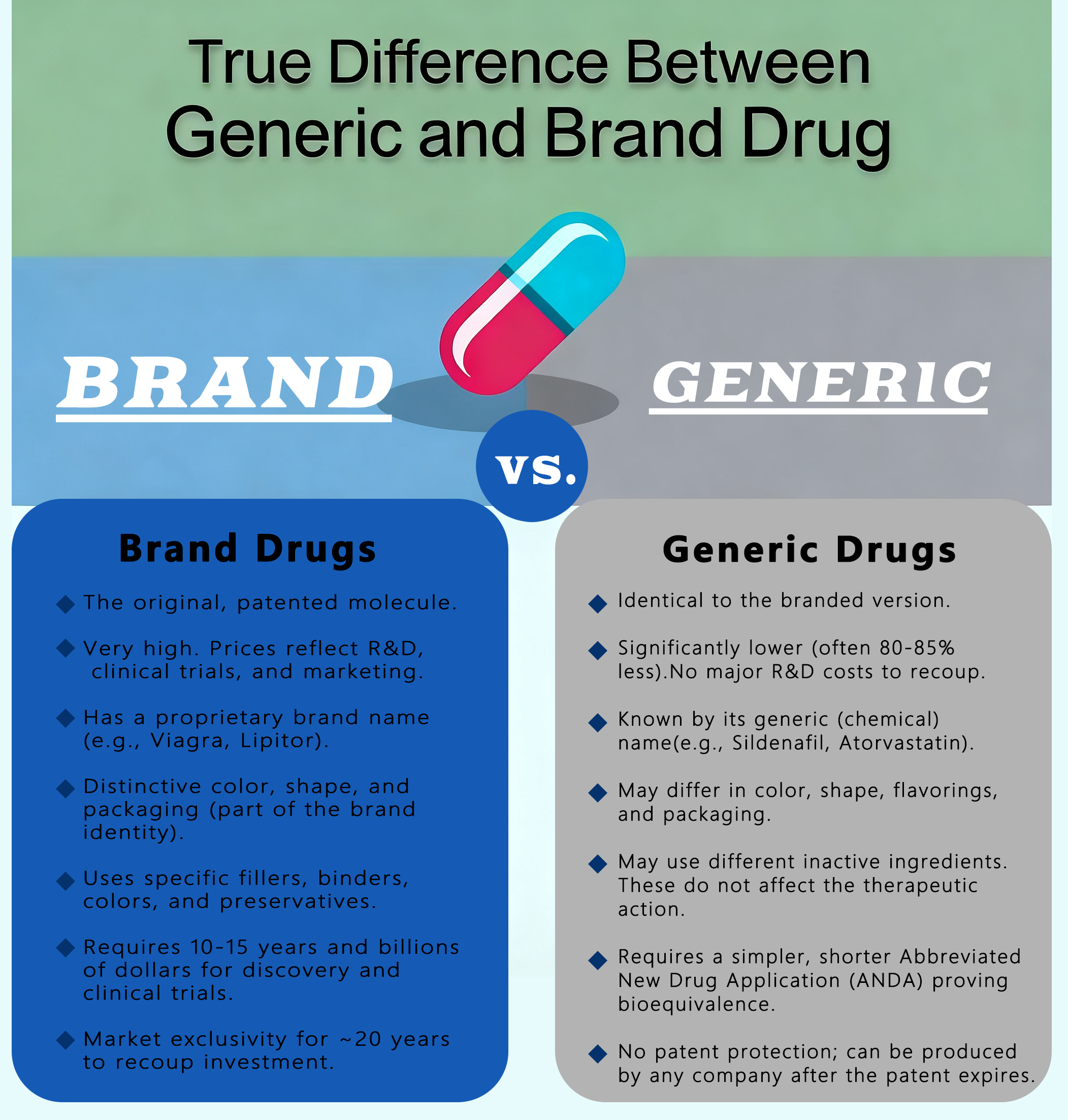According to the World Health Organization, over 50% of patients worldwide do not take their medications correctly. One of the biggest reasons for this is the lack of understanding of dosage forms and their purpose.

Understanding the dosage form definition in pharmacy is not just important for pharmacists or healthcare providers. It also helps patients use medicines more effectively.
In simple terms, it’s the specific formulation and method by which a drug is delivered to the body to achieve the desired therapeutic effect.
Want to know more? Keep reading.
What is the Dosage Form Definition in Pharmacy?

The simplest dosage form definition in pharmacy is that it refers to how a medicine is prepared, combining the active ingredient with non-medicinal components. They are then converted into a specific format, like tablets, capsules, or syrups, that enable safe delivery.
In fact, about 70% of medications dispensed by community pharmacists are in solid forms like tablets and capsules. However, tablets are 200% more common than capsules in pharmacies and other healthcare centers.
Remember, these dosage forms matter because they determine how drugs are absorbed, how fast they act, and how easy they are to take. A well-designed form can enhance patient safety, improve tolerability, and ensure more precise dosing.
Why Do Dosage Forms Matter in Pharmacy?
Dosage forms are not just about packaging medicines into tablets or syrups; they directly affect how well patients follow treatment. Let’s break down why they matter so much in the pharmacy industry.
1. Impact on Patient Compliance
When medicines are easy to take, patients are far more likely to stick with their treatment. A child-friendly syrup or a flavored chewable tablet makes a big difference compared to a large, bitter pill that is hard to swallow.
For elderly patients or children, this means the difference between successful treatment and incomplete recovery.
2. Effect of Absorption and Bioavailability
Different dosage forms control how fast or slow a drug is absorbed in the body. For example, injections deliver medicine directly into the bloodstream for immediate effect, while slow-release tablets are designed to release the drug over several hours.
This control ensures that medicines work properly and at the right time, preventing side effects or loss of efficacy.
3. Shelf Life and Stability Improvements
Medicines are sensitive to light, heat, and moisture. The right dosage form helps protect them so they remain safe and beneficial for longer. Capsules may keep ingredients stable compared to a liquid form that could spoil faster.
Stability also reduces waste and ensures pharmacies can store medicines without frequent replacements, which is a major concern in pharmaceutical manufacturing.
What Are the Types of Dosage Forms in Pharmacy?
Medication comes in many different forms, and each one is designed with a specific purpose in mind. These dosage forms ensure that patients get the right effect, at the right time, in the safest way possible. The main categories include:
1. Solid Dosage Forms
Solid forms are the most common type of medicines used worldwide. They include tablets, capsules, and powders. These are popular because they are easy to store, have a longer shelf life, and are usually cheaper to produce.

Tablets can be made in different varieties, such as chewable, effervescent, or even extended-release, to control how quickly the drug enters the bloodstream.
2. Liquid Dosage Forms
Liquid dosages are especially useful for children, elderly patients, or anyone who struggles to swallow tablets. Examples include syrups, solutions, suspensions, and emulsions.
Syrups are often sweetened to improve taste for kids, while suspensions are designed for drugs that don’t dissolve well in water.

3. Semi-Solid Dosage Forms
Semi-solids are commonly used for skin-related treatments. These include creams, ointments, gels, and pastes. They allow the medicine to be applied directly to the affected area, which reduces side effects since the drug doesn’t enter the entire body.

For example, an anti-fungal cream works exactly where it is needed without affecting other organs.
4. Injectable Dosage Forms
Injections are essential for medicines that must act quickly or cannot be taken orally because the stomach acid would destroy them. They include intramuscular, intravenous, and subcutaneous injections.

Vaccines, insulin, and many antibiotics fall into this category. The main advantage is speed, as injections deliver medicine directly into the bloodstream.
Which Factors Influence Dosage Form Selection?
Choosing the right dosage form is not random. Pharmacists and doctors carefully decide which form will deliver the best results for the patient.
1. Patient’s Age and Needs
Different age groups have different requirements. Children usually need syrups or chewable tablets because swallowing pills is difficult for them. Elderly patients may prefer liquids or dissolvable tablets due to swallowing problems. Age also affects how the body processes medicine, so dosage forms are adjusted accordingly.
2. Nature of the Drug
Some drugs are easily destroyed by stomach acid. For these, doctors may choose injection or coated tablets that protect the medicine until it reaches the intestine. Similarly, drugs with a bitter taste are often made into capsules or syrups with sweeteners to improve patient comfort.
3. Speed of Action Required
If the patient needs immediate relief, such as during an asthma attack, an inhaler or injection is preferred. But for long-term conditions like diabetes or hypertension, extended-release tablets or patches are chosen because they release the drug slowly and steadily.
4. Site of Action
Sometimes the medicine is only needed in a specific part of the body. For example, creams and ointments are used directly on the skin, while eye drops target eye infections. This localized approach reduces side effects and improves treatment outcomes.
5. Cost and Accessibility
Affordability plays a big role, especially in developing countries. Solid forms like tablets are generally cheaper to produce and easier to store, making them more accessible for large populations. This is why cost and scalability are always factored into pharmaceutical production decisions.
FAQs
1. Can the wrong dosage form cause side effects?
Yes, using the wrong dosage form may reduce the intended purpose or even cause side effects. For instance, crushing a controlled-release tablet can release too much drug at once, leading to an overdose. Similarly, applying a cream meant for the skin to the eye can cause irritation.
2. Do dosage forms affect the cost of medicine?
Yes, the dosage form influences cost. Tablets and capsules are cheaper to manufacture and store, making them more affordable. In contrast, injection, inhalers, or specialized drug delivery systems cost more because they require advanced technology, sterile packaging, and skilled handling.
3. How do pharmacists decide which dosage form to give?
Pharmacists consider the patient’s age, health condition, the urgency of treatment, and the drug’s properties. For example, a patient needing quick relief may get an injection, while long-term therapy may use tablets.
Partner with Finetech for Smarter Pharmaceutical Solutions
Understanding the dosage form definition in pharmacy is more than just academic, it is the foundation of safe and patient-friendly medicines. However, manufacturers usually don’t have the resources to make all of it happen.
That’s where Finetech comes in.
We solve these problems by providing state-of-the-art pharmaceutical manufacturing and packaging equipment. For over 30 years, we’ve helped pharmaceutical businesses in more than 100 countries scale faster.
Contact Finetech today to get a customized solution for your production needs!




